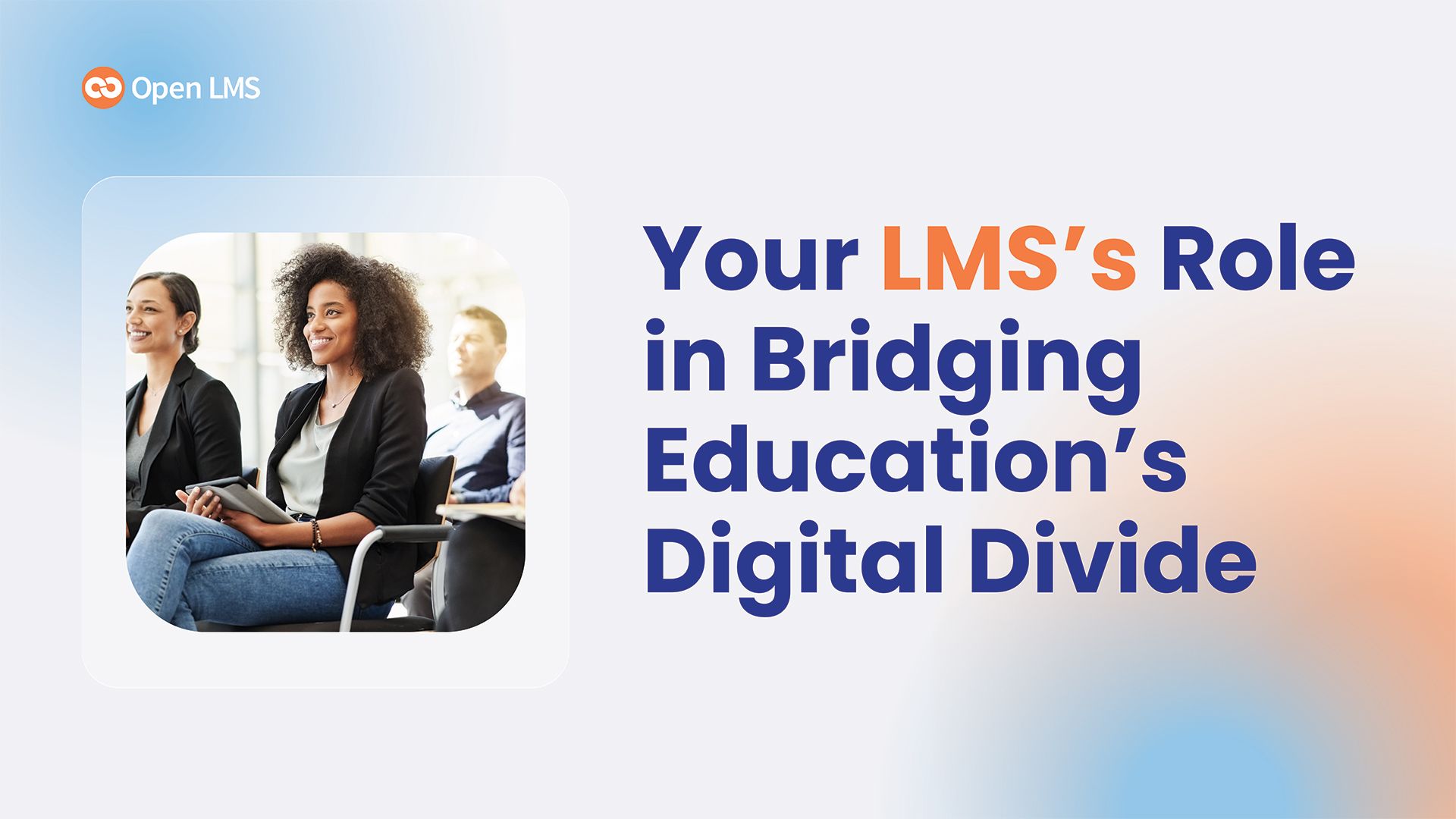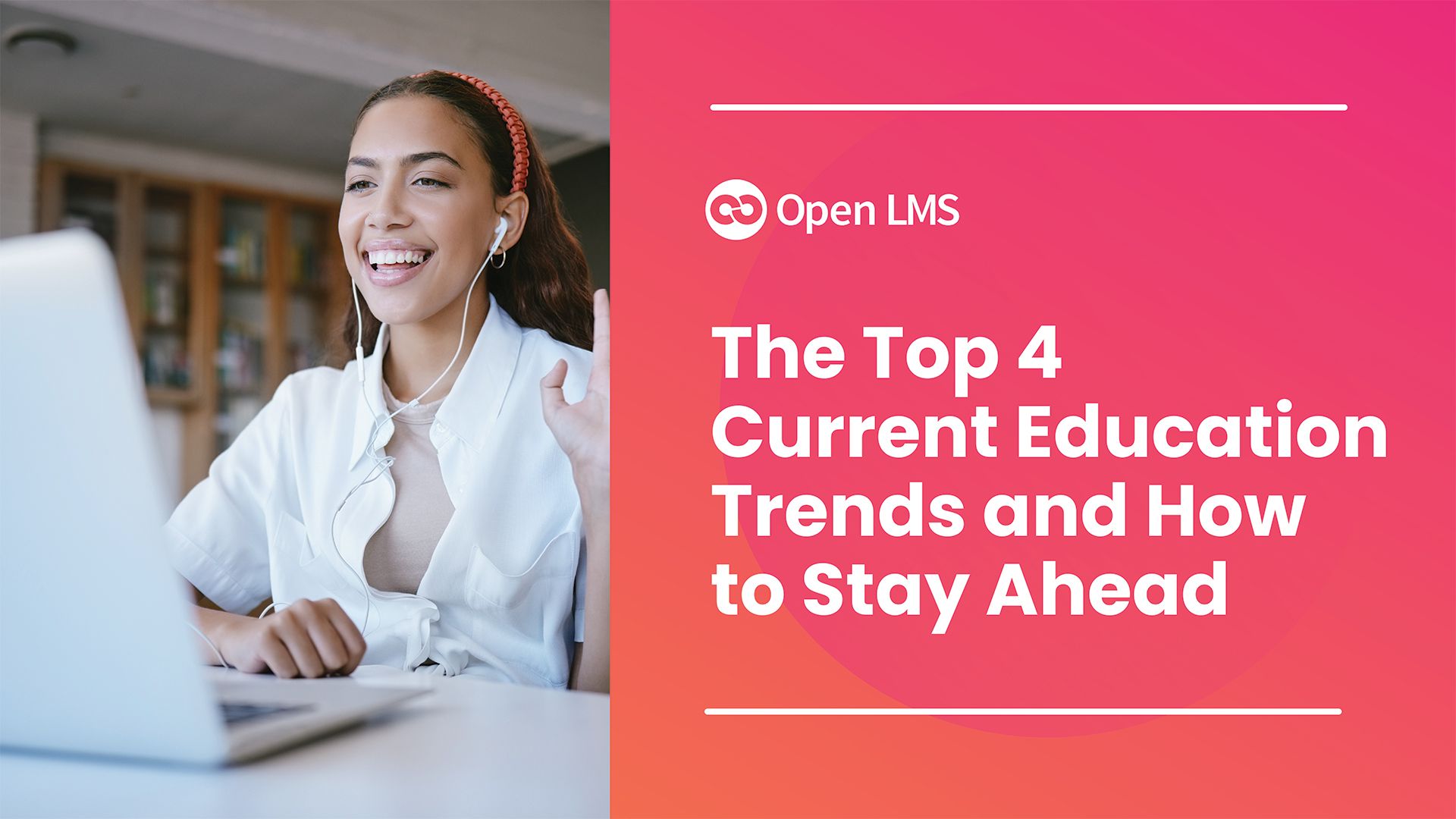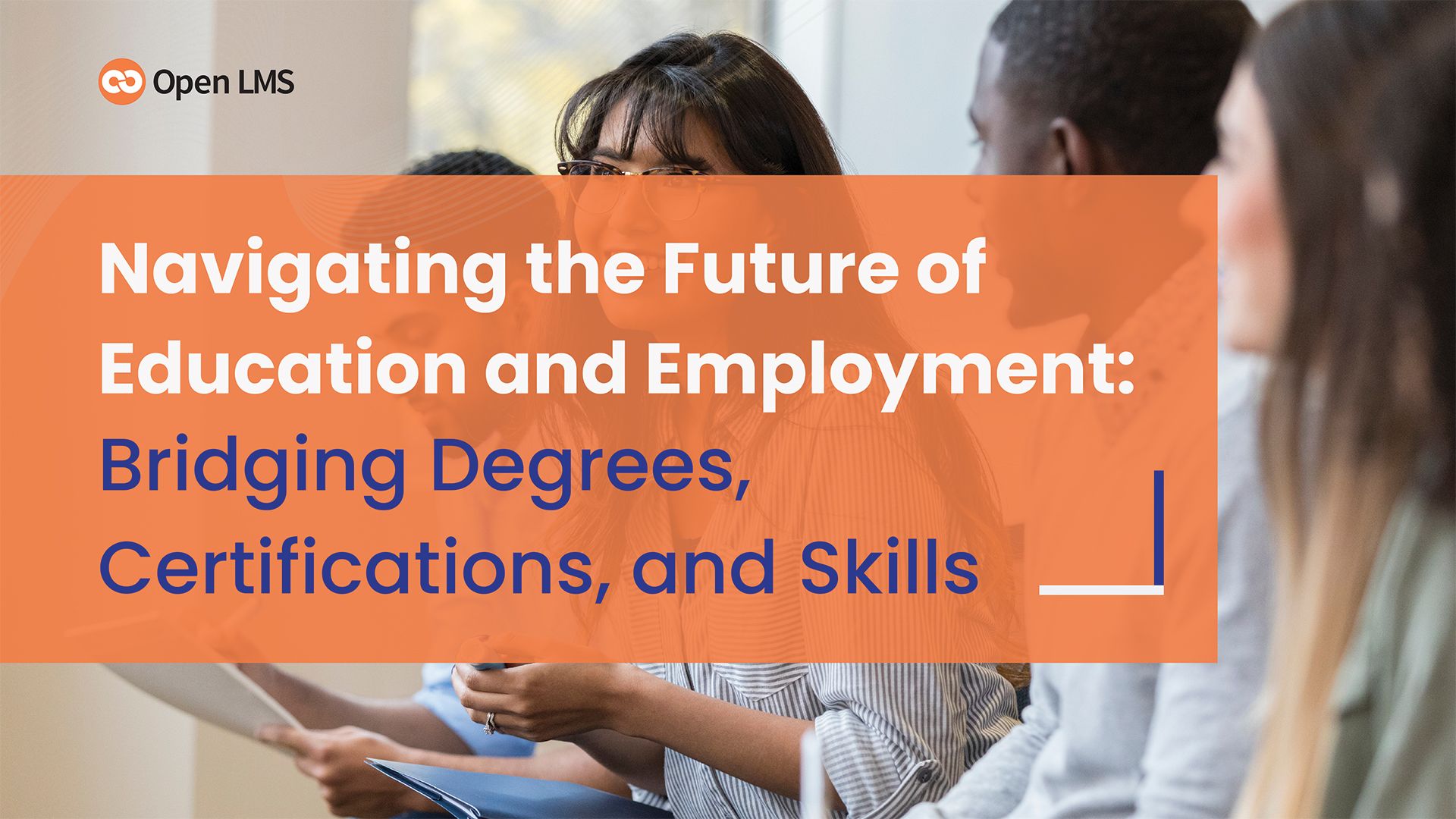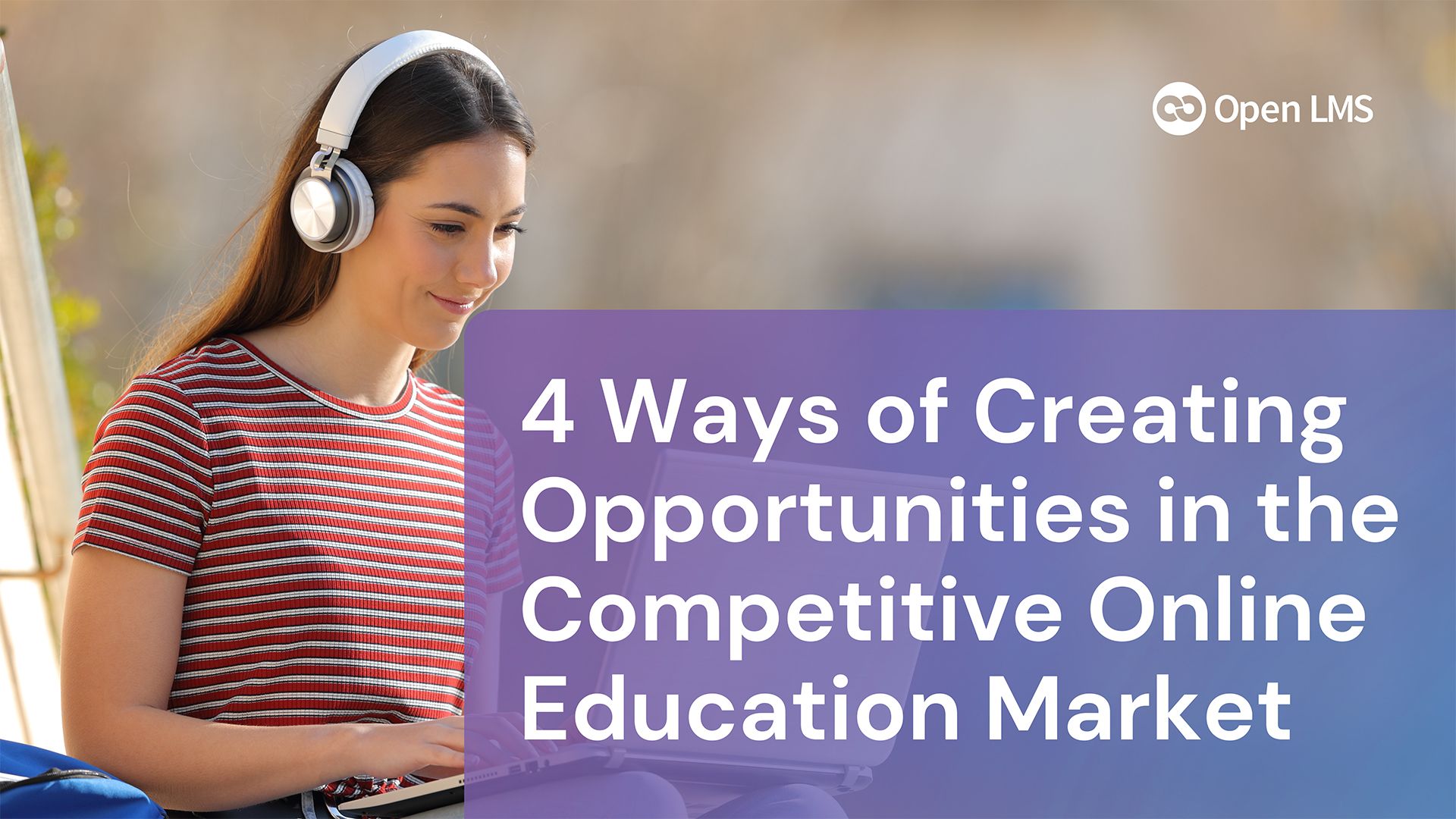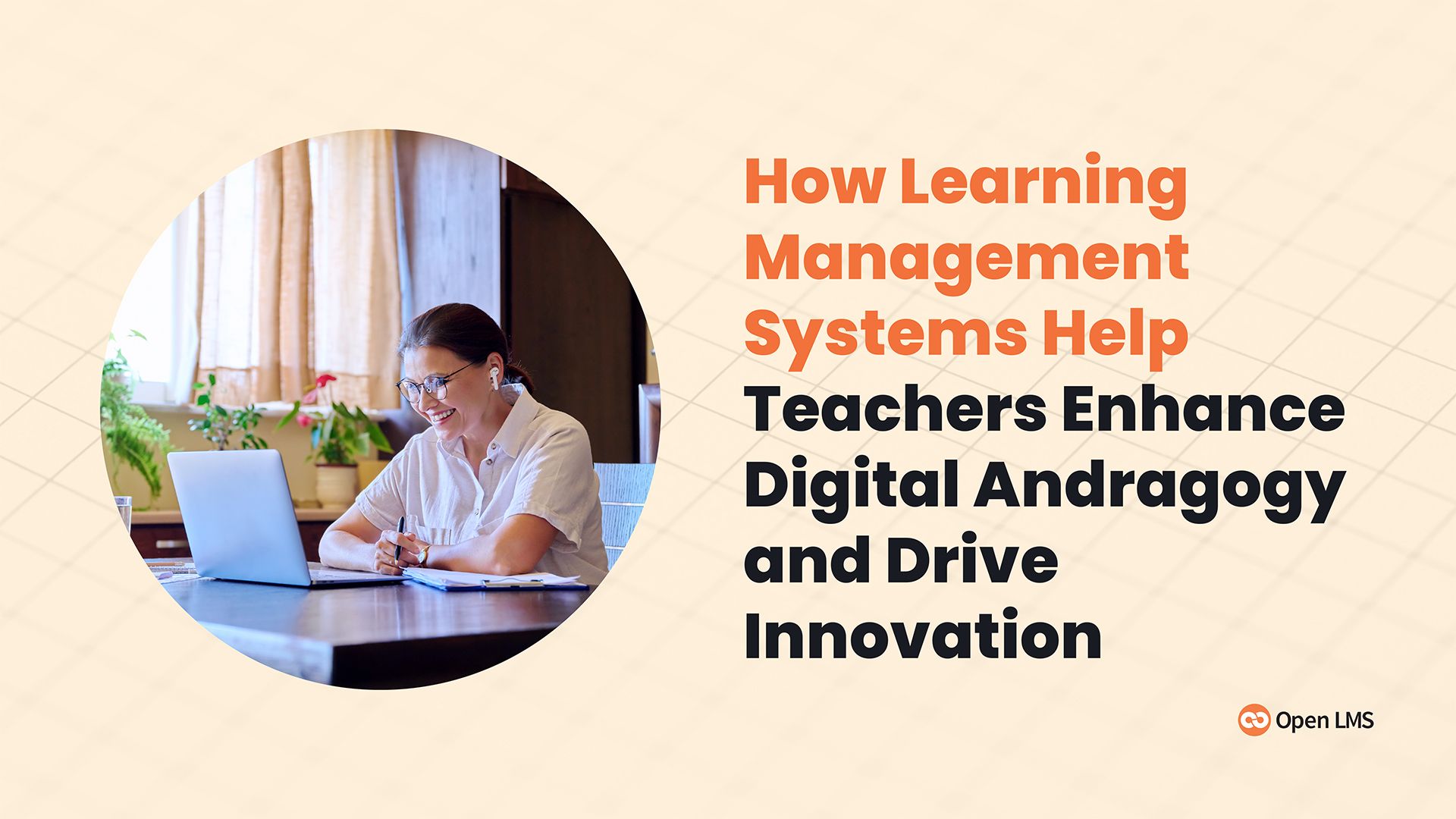
How Learning Management Systems Help Teachers Enhance Digital Andragogy and Drive Innovation
Discover how an LMS can enhance digital andragogy, improve student outcomes, make learning more accessible, and drive innovation in higher education.
Discover how an LMS can enhance digital andragogy, improve student outcomes, make learning more accessible, and drive innovation in higher education.
Education is always evolving. Discover 10 learning approaches institutions need to know to stay competitive in 2024.
A learning management system isn’t a wellness tool, but its features can still help you nurture your users. Learn how LMS tools support user wellbeing.
Equitable access to education is complicated by a digital divide. Smart technology decisions, including your choice of LMS, can help you bridge the gap.
Discover 6 highly effective techniques to enhance learner engagement in elearning and create a transformative educational experience.
Learning analytics is a big trend in higher education. Discover how it can personalize learning, help your students, and ensure you make data-driven decisions.
Discover the education trends that are shaping the industry and learn how an LMS can help institutions adapt to challenging times.
Amid increasing competition, find out what higher education institutions should be doing today to help show and improve the ROI of educational programs.
To attract today’s learners and drive sustainable enrollments, institutions must explore and test bolder more customer-focused online learning experiences that address the full learning experience. In this article, we will explore four ideas that we feel you should be actively discussing at your institution.


